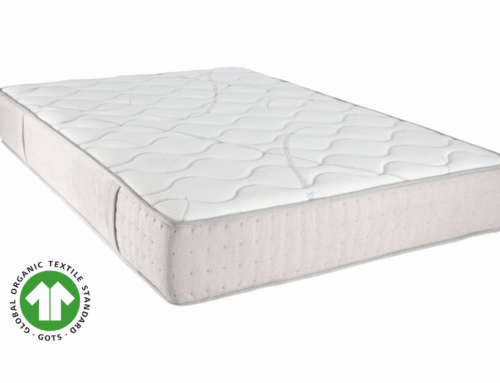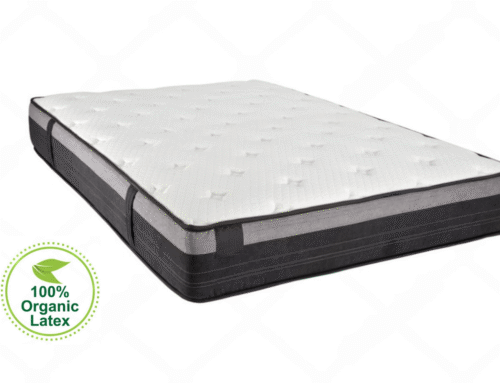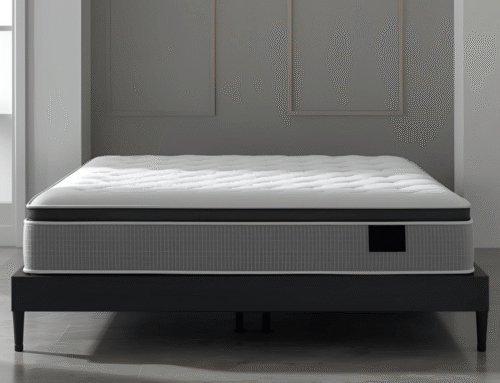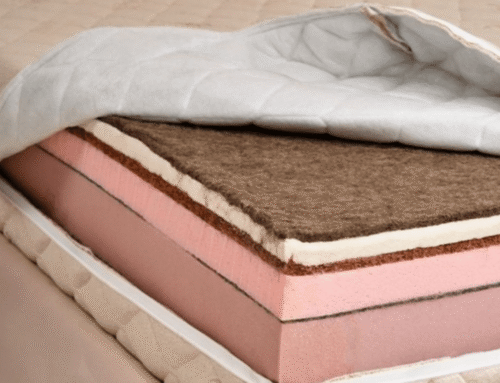A latex mattress is known for being both comfortable and long-lasting. The foam is made from either natural or synthetic rubber. It adjusts to the shape of your body but still gives steady support. This balance helps keep your spine in line and makes it easier to rest well, no matter how you sleep.
There are different kinds of latex mattresses. Natural latex is taken from the sap of rubber trees. Synthetic and blended types use man-made materials. Natural latex is often chosen by people who want fewer chemicals in their bed or a more eco-friendly option. If the mattress is certified organic, it means no harmful substances were used, which is reassuring for anyone worried about health and safety.
Latex also provides excellent breathability and resilience, which allows the mattress to stay cooler and last for many years with proper care. Its unique feel blends softness with support, great to sleepers who prefer a buoyant surface. The materials used in latex mattresses, the differences between foam and latex mattresses and with distinctions from memory foam mattresses, and the typical weight of a latex mattress all contribute to their popularity. Let’s dive into the benefits, different types, and helpful tips to understand what truly defines a quality latex mattress.
Key Takeaways
- Latex mattresses deliver durable pressure relief and firm support, which make them a solid choice for back, side, and combination sleepers.
- Natural and organic latex options are eco-friendly, chemical-free, and can last 15–20 years with proper care and rotation.
- Talalay latex feels softer and more breathable for side sleepers, while Dunlop latex provides denser, firmer support suited for back or stomach sleepers.
- Naturally breathable and dust mite-resistant, latex beds are especially great for hot sleepers due to built-in air pockets that regulate temperature.
- Always check for certifications like GOLS or OEKO-TEX to confirm you’re choosing a safe, high-quality latex mattress free of harmful substances.
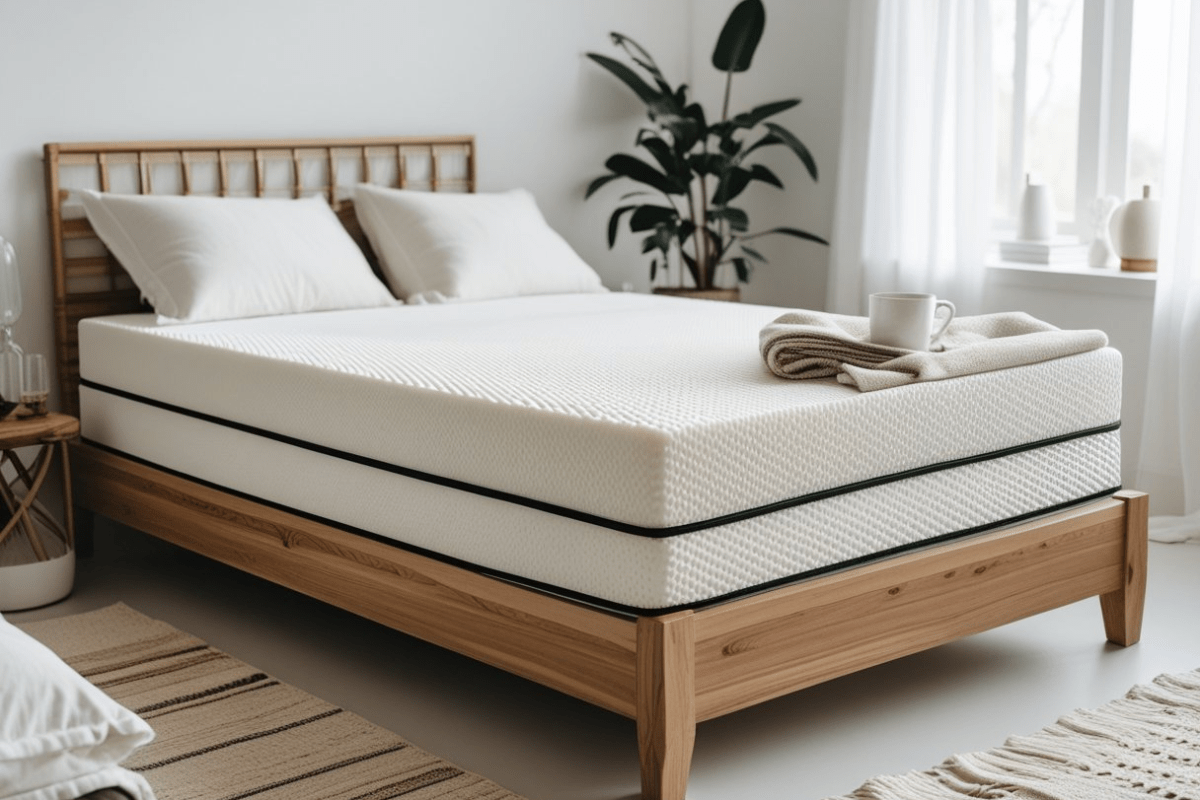
Benefits Of A Latex Mattress
Why buy a latex mattress? A latex foam mattress provides excellent pressure relief as it contours closely to the body while preventing excessive sinkage. This balance supports proper spinal alignment for back, side, and combination sleepers, reducing discomfort in pressure points after long hours of rest. Many appreciate how it feels supportive yet comfortable throughout the night.
Its natural breathability is another key benefit, thanks to tiny air pockets that allow constant airflow. This ventilation helps maintain a comfortable temperature, reducing the chances of waking up hot or sweaty. Even in warmer climates, the material stays cooler than many traditional foams.
Latex is also valued for its hypoallergenic qualities since it resists dust mites, mold, and bacteria. This makes it a great option for individuals sensitive to allergens who still want a soft yet durable sleeping surface. The combination of comfort, cleanliness, and longevity makes latex a reliable choice for long-term use.
Types Of Latex In Mattresses
Latex mattresses typically come in three main types. Natural latex is crafted from 95–100% rubber tree sap, offering impressive durability and an eco-friendly profile while avoiding most harmful additives. Many people appreciate its resilient feel and long lifespan.
Organic latex shares similar qualities but holds certifications such as GOLS to ensure it meets strict organic and non-toxic standards. This option is great to those prioritizing health-conscious materials and sustainable sourcing, along with peace of mind about safety.
Synthetic or blended latex combines natural rubber with synthetic components, resulting in a more budget-friendly choice. However, it tends to have a shorter lifespan and reduced environmental benefits compared to natural or organic versions, so preferences often come down to cost versus quality.
Latex Mattress Construction
Latex mattresses are typically made using either the Dunlop or Talalay process. Dunlop latex has a denser structure, which gives it a firmer and more supportive feel that many back and stomach sleepers appreciate. Talalay latex feels softer and more buoyant, ideal to those who prefer a plush surface, such as side sleepers seeking extra cushioning.
Some mattress designs combine both Dunlop and Talalay layers to balance firmness and comfort. This layering approach allows different firmness levels within a single bed for more tailored support. The combination can provide a stable base with a softer surface for enhanced pressure relief.
Many latex mattresses also incorporate zoned support, where specific sections of the bed vary in firmness to better align with the body’s natural curves. This targeted construction helps ease pressure in sensitive areas like the hips and shoulders while maintaining proper spinal alignment throughout the night. Additionally, thickness and density of a latex mattress are important factors to consider for overall comfort and support.
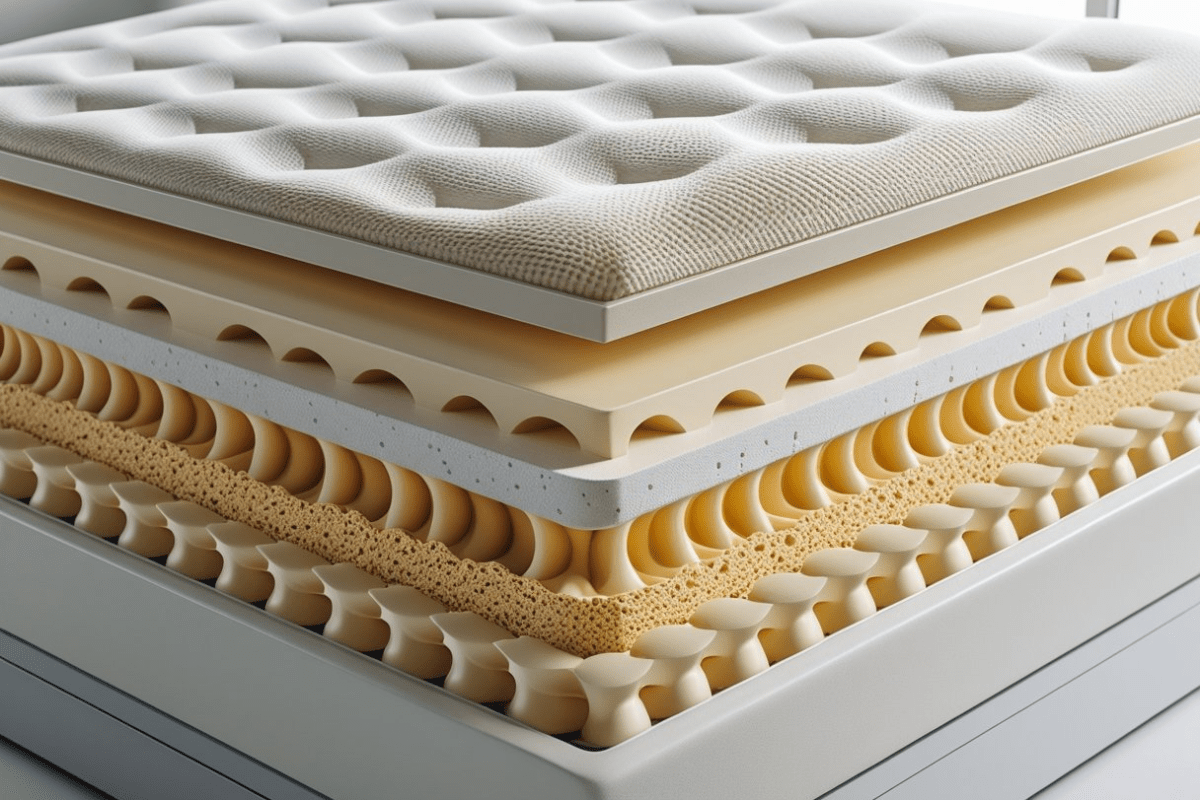
Why Choose A Natural Or Organic Latex Mattress?
A natural latex mattress provides a cleaner sleeping surface since it contains fewer synthetic materials and relies on eco-friendlier sources like rubber tree sap. Its durability often reaches 15–20 years, which is significantly longer compared to many traditional foam or innerspring options. This makes it a reliable choice for long-term comfort and support.
An organic latex mattress takes this further by meeting specific environmental and health criteria. Certifications such as GOLS for latex, GOTS for fabric covers, and OEKO-TEX for overall safety confirm that the materials are free from harmful substances. These features can be especially valuable for individuals who are sensitive to allergens or concerned about indoor air quality.
Aside from the safety and longevity, the overall feel of latex offers a balance of gentle contouring and responsive support. It adapts to different sleeping positions without trapping heat, which appeals to those who prefer a cooler and more breathable surface at night. This combination of comfort, resilience, and eco-consciousness makes it a thoughtful option for many households.
What Does Latex Foam Mattress Feel Like?
Latex foam combines cushioning comfort with sturdy support. It responds right away to body weight, so there’s no slow sinking feeling like with memory foam. This quick responsiveness allows easy movement throughout the night, which is helpful for those who shift positions often.
The surface has a light, natural bounce that feels springy without being too firm. This subtle lift can make the mattress feel more breathable, as the body does not sink too deeply. Many sleepers find this balance of contour and pushback ideal for maintaining comfort over long hours of rest.
Couples often notice that latex absorbs enough motion to avoid disturbing one another while still offering ease of movement. Its ability to contour without trapping heat adds to its appeal, especially for those who prefer a cooler sleeping surface. Overall, the feel blends gentle pressure relief with consistent support, and making a latex mattress softer along with other adjustments enhances this comfort further.
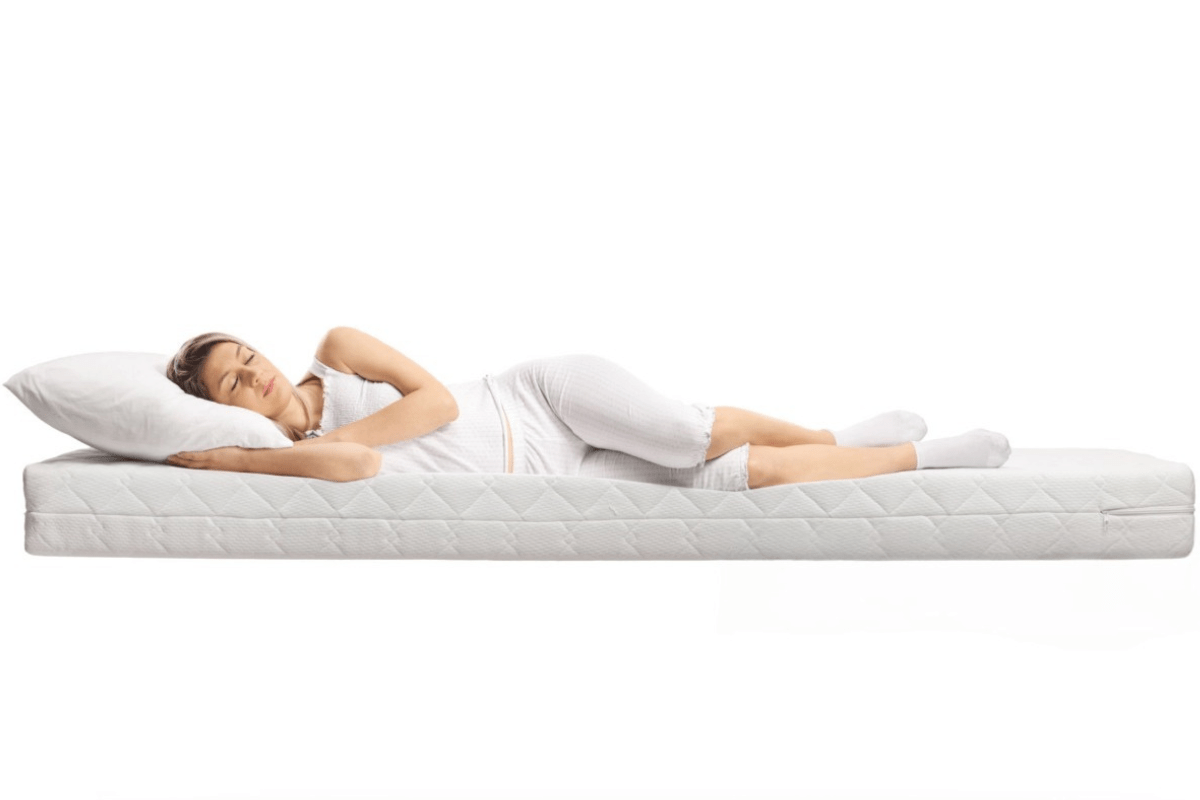
Pros of Latex Mattress
Latex mattresses are known to last longer than most types, with some models holding their shape and comfort for up to 20 years. They provide consistent support while still offering a soft, responsive feel, which is great for a range of sleeping positions. The durability also means less frequent replacements, which can be cost-effective in the long run.
The material allows air to flow freely, keeping the surface cool and comfortable through the night. Unlike foam that can trap heat, latex tends to stay temperature-neutral, which is ideal for those sensitive to sleeping warm. This breathability also helps maintain a fresh, dry surface over time.
Latex is naturally resistant to dust mites, mold, and other allergens, making it a good choice for people with sensitivities. Many brands offer eco-friendly versions made from sustainably sourced materials, reducing environmental impact. This combination of health benefits and sustainability appeals to buyers who value both comfort and responsible choices.
Cons of Latex Mattress
The initial cost can be on the higher side compared to other mattress options, which might be a drawback for budget-conscious buyers. Some people see it as an investment in long-term comfort, though the price can still be a hurdle for those wanting something more affordable right away. Its weight can also pose a challenge, especially during setup or when rearranging a room. Moving it often requires more than one person, and carrying it up stairs or through tight spaces can be inconvenient. For anyone who relocates frequently, this can be a notable disadvantage.
The feel may also be too bouncy for sleepers accustomed to the slow, contouring sensation of memory foam. Those sensitive to motion transfer could find it less ideal, especially if sharing the bed with a restless partner. While some appreciate the responsiveness, others may prefer a more stable and hugging surface.
Latex Mattress Care And Maintenance
Latex mattresses stay comfortable and supportive for longer with simple care habits. Rotating the mattress every six to twelve months helps distribute wear evenly across the surface, preventing sagging in one area. This routine also supports consistent comfort for sleepers over time.
Regular cleaning, odor removal, proper storage, and careful moving contribute to maintaining the mattress’s condition. A breathable mattress protector shields the surface from spills, stains, and allergens while allowing airflow. This layer keeps the mattress clean and fresh without trapping heat, which can be important for latex material. Regular cleaning of the protector also reduces the need for deep mattress cleaning.
Proper support influences the mattress’s lifespan. A sturdy slatted bed frame promotes ventilation, which helps control moisture and preserve the latex’s structure. Slats should be close enough together to provide balanced support while allowing air to circulate freely underneath.
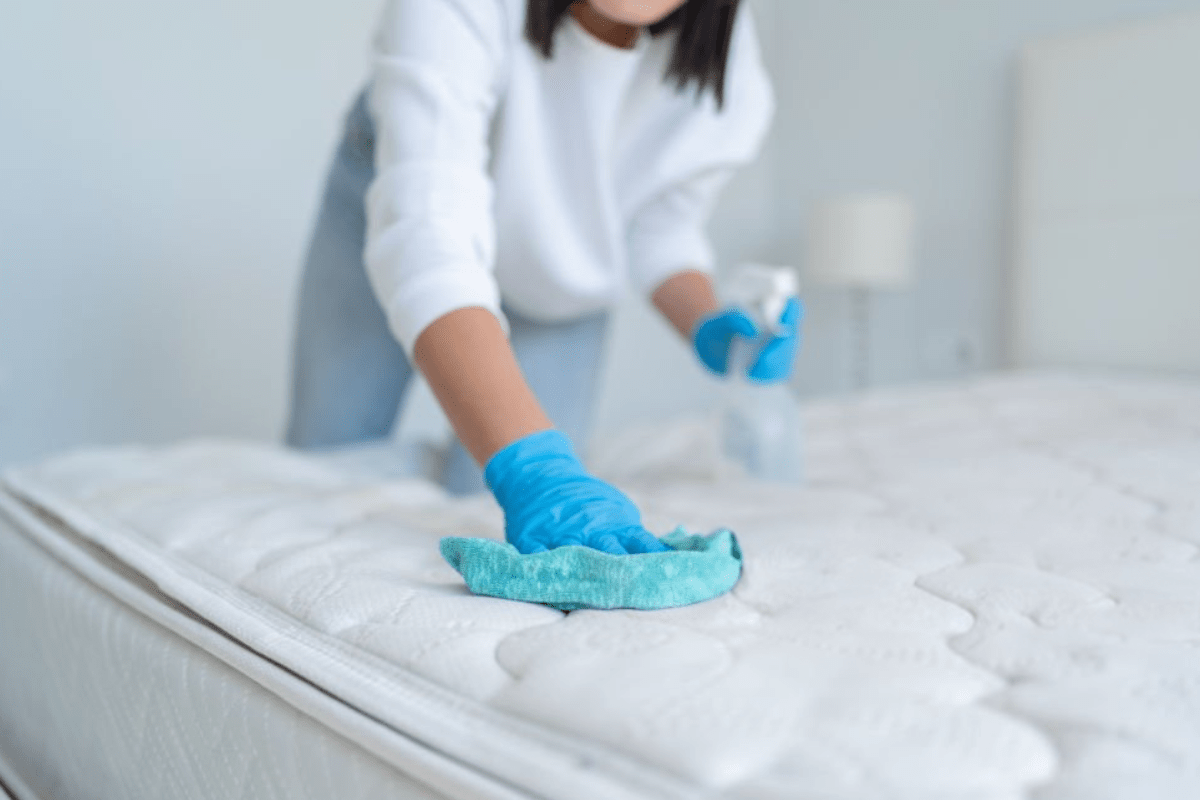
Tips For Buying The Best Latex Mattress
People should first understand the type of latex offered, whether natural, organic, or blended. Natural and organic options are usually great to those seeking eco-friendly materials, while blended versions combine latex with other components for a different feel and price point. Identifying personal preferences early helps narrow the selection.
Certifications are worth checking to ensure quality and safety standards. Labels such as GOLS, GOTS, OEKO-TEX, and eco-Institut indicate the materials meet specific environmental and health requirements. These certifications offer peace of mind, especially for those concerned about chemical exposure or product authenticity.
Firmness also affects comfort, so it should align with sleeping position and body weight. Side sleepers often prefer softer surfaces for pressure relief, while back or stomach sleepers benefit from firmer support. Some brands allow adjustable or replaceable layers, extending the mattress’s lifespan and tailoring comfort over time. Testing both Dunlop and Talalay latex in person can help determine the preferred feel. Additionally, knowing proper techniques to cut a latex mattress and the typical lifespan of a latex mattress are important considerations to ensure proper fit and durability throughout years of use.
Final Thoughts
Investing in a mattress impacts comfort, health, and overall rest quality. Latex mattresses, whether natural, organic, or blended, combine support and durability with a responsive feel that many find comfortable. They regulate temperature well and can last around 15 to 20 years if cared for properly.
Understanding what latex means in a mattress depends on individual needs. Natural and organic latex options appeal to those who prioritize eco-friendly materials and long-term value. Blended latex mattresses offer a more affordable choice while still delivering some of those benefits, though they may not be quite as durable or natural.
Ultimately, a latex mattress provides more than just a place to sleep. It represents an investment in consistent, healthier rest over time. It suits people looking for something resilient and comfortable without sacrificing environmental considerations.

